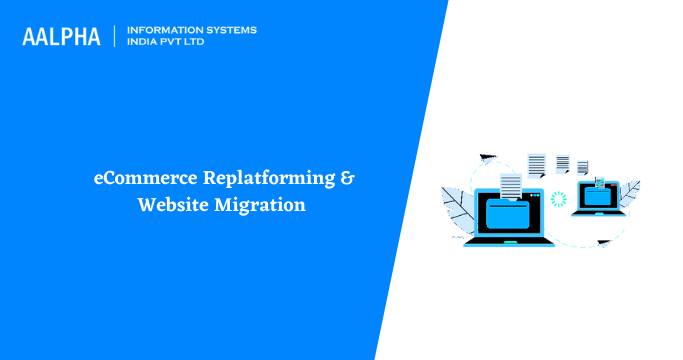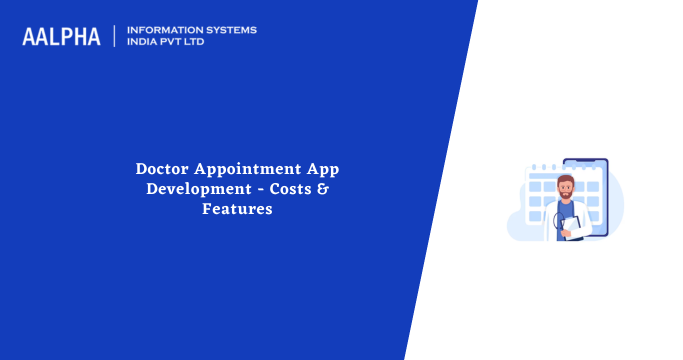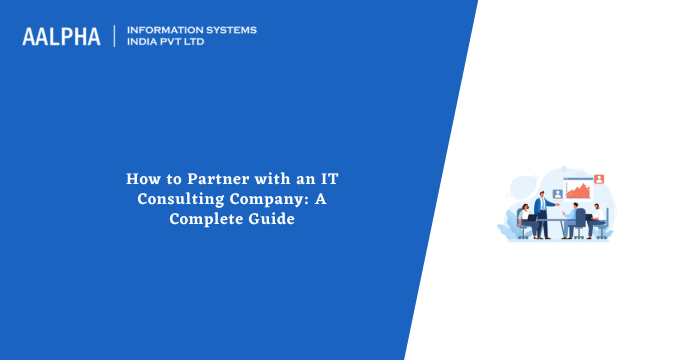eCommerce replatforming occurs when an online shop creates new technology or selects a third-party provider that delivers an updated or separate eCommerce platform.
This procedure may need a transition from one third-party service to another, or it may necessitate the creation of an in-house, unique solution from the ground up.
Typically, an eCommerce platform entails migrating from an in-house solution to a third-party provider, such as WooCommerce. Typically, both pathways result in significant modifications to the company’s operating model.
Why Is eCommerce Replatforming Required?
The initial eCommerce website has all the necessary features and performs adequately. However, when our eCommerce website grows, we discover that this platform is poorly built, sluggish, and incapable of meeting client expectations. Moreover, you may witness an increase in your prices or be forced to pay for unnecessary services.
Re-platforming is a significant task that requires your time and effort. Additionally, it will impact your whole eCommerce website, including admin navigation, appearance, speed, and functionality. That is why re-platforming must occur at the appropriate time and for the appropriate reasons.
The eCommerce Replatforming/Migration Process for eCommerce
These phases will give you a sense of how long and effort-intensive the migration process will be.
-
Outline the advantages and disadvantages of Replatforming
First, you should create a list of the deficiencies in your current platform and your expectations for the new system. It would be best to emerge with the most serious problems, the most desired features, and the requirements for re-platforming. Additionally, you should engage with your teams and other departments with their needs and establish priorities accordingly.
-
Maintain Contact With Stakeholders
After examining efficiency and improvement opportunities, it’s time to communicate with stakeholders. In this manner, you’ll be aware of the demands of various teams and able to properly balance their requirements to provide them with what they want from migration.
-
Decide on an eCommerce platform.
Following that, it’s time to make a choice. You may utilize the information gleaned from demonstrations to help you make a final decision. Ascertain that the solution you choose can provide you with the enhancements and features you want at the finest price.
-
Create a backup of your old store’s data
Before you begin the process of re-platforming, you should create a backup of your existing eCommerce business. While your migration process may go well after much effort, if a problem arises, you should be prepared with your data stored to rectify the error or resume the procedure. While confidence in your move is desirable, backing up your data prevents you from encountering unforeseen issues.
-
Create an Ecommerce Website
Before data migration, you should have completed the structure, style, and layout of your whole website to facilitate loading your data into a new one. This is the ideal moment in history to give your website a sophisticated appearance. You may choose from various downloadable themes and templates, and styles or change them according to your preferences. Even with the assistance of a developer, you may create a new website from the ground up.
-
Migrate the Data from Your Store
After selecting the best option, it’s time to move your data. Whether you do it yourself, with a great migration program, or with the assistance of a third-party team, this procedure entails migrating store data from your old eCommerce website to the new one.
-
Integrate with a payment platform and optimize the payment and checkout experience
Prior to starting your new company, you must have a checkout platform in place that allows you to collect payments and fulfil orders. Choose a platform that enables consumers to checkout securely, quickly, and efficiently. Additionally, you should have a system in place that prevents, detects, and protects against fraudulent conduct, as well as one that accepts a greater number of genuine orders.
-
Conduct an SEO audit before launch
When transferring eCommerce systems, it is critical to preserve domain authority as possible. To do this, you must conduct a comprehensive SEO analysis of your website before releasing it. Ensure that you optimize both the on-page and off-page (always recommended to outsource link building) material for SEO. An SEO audit is crucial to maintaining search engine visibility & rankings during system transfers.
-
Phase of testing
Thus, you are almost ready to launch after replatforming your eCommerce website. However, you must first test your new ecommerce platform. You need to run numerous tests and identify any difficulties to do this. Ascertain that your new eCommerce website is operational and working optimally. Don’t forget that now is the time to remedy anything that isn’t operating as planned.
-
Establish a New E-Commerce Website
After the completion of testing your ecommerce platform, your website is now ready to launch. You may now launch your new website and begin selling directly from it.
Wrapping Up
eCommerce Replatforming may be the optimal solution for your organization. Allow concern of expenditures to keep you from developing your company. Numerous solutions and partners facilitate seamless data movement from one eCommerce platform to another.
Any queries? consult with ecommerce development company & get a free quote today!




Share This Article:
Written by:
kiran